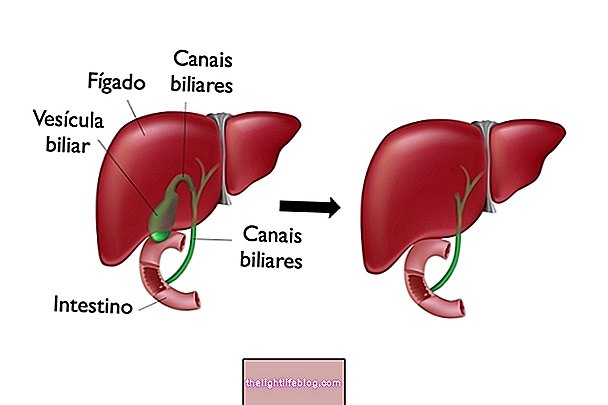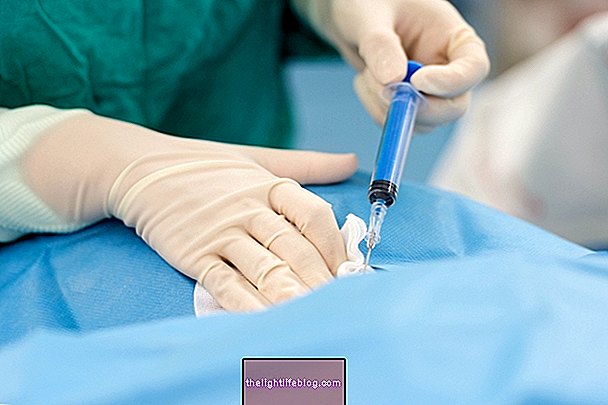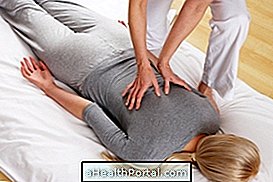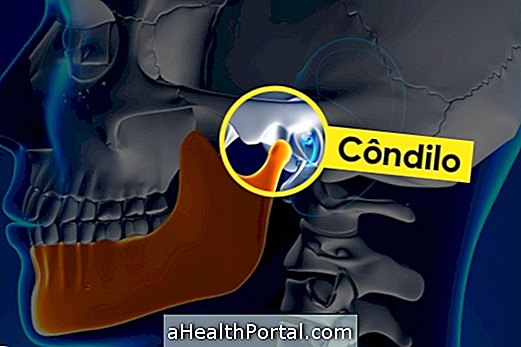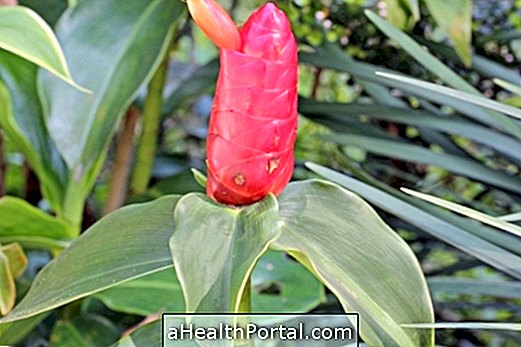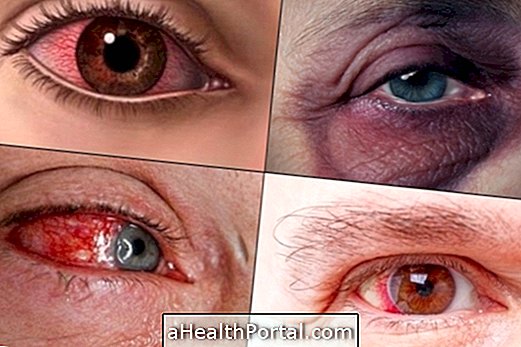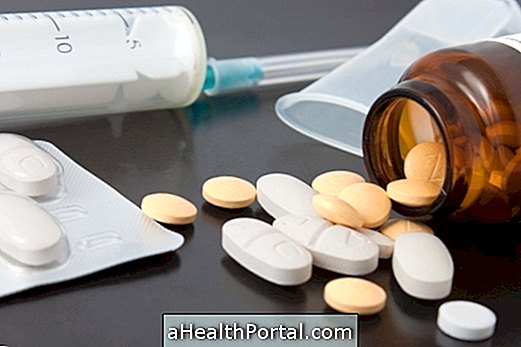Symptoms of leptospirosis can appear up to 2 weeks after contact with the bacteria responsible for the disease, which usually happens after being in waters with a high risk of being contaminated, as it happens during floods.
The symptoms of leptospirosis tend to be very similar to those of the flu, and include:
- Fever above 38ºC;
- Headache;
- Chills;
- Muscle pain, especially in the calf, back and abdomen;
- Loss of appetite;
- Nausea and vomiting;
- Diarrhea.
About 3 to 7 days after the onset of symptoms, the Weil triad may appear, which is a sign of severity and is characterized by the presence of three symptoms: yellowish skin, kidney failure and hemorrhages, mainly pulmonary. This happens when the treatment is not started or is not performed correctly, which favors the development of the bacteria responsible for leptospirosis in the bloodstream.
Due to the fact that it can affect the lungs, there may also be coughing, difficulty breathing and hemoptysis, which corresponds to bloody coughing.
.jpg)
What to do in case of suspicion
If leptospirosis is suspected, it is very important to consult a general practitioner or infectious disease practitioner to assess symptoms and medical history, including the possibility of having been in contact with contaminated water.
To confirm the diagnosis, the doctor may also order blood and urine tests to assess kidney, liver function and clotting ability. Thus, it is recommended to evaluate the levels of urea, creatinine, bilirubin, TGO, TGP, gamma-GT, alkaline phosphatase, CPK and PCR, in addition to the complete blood count.
In addition to these tests, tests to identify the infectious agent are also indicated, as well as antigens and antibodies produced by the organism against this microorganism.
How to get leptospirosis
The main form of transmission of leptospirosis is through contact with water contaminated with urine from animals capable of transmitting the disease and, therefore, it is frequent during floods. But the disease can also occur in people who come in contact with garbage, wasteland, debris and standing water because the leptospirosis bacteria can stay alive for 6 months in damp or wet places.
Thus, the person can become contaminated when stepping in puddles of water on the street, when cleaning vacant lands, when handling accumulated garbage or when going to the city dump, being more common in people who work as housekeepers, bricklayers and garbage collectors. Check out more details of leptospirosis transmission.
How it comes
The treatment for leptospirosis should be indicated by the general practitioner or by the infectious disease specialist, and it is usually done at home with the use of antibiotics, such as Amoxicillin or Doxycycline, for at least 7 days. To relieve pain and discomfort the doctor may also recommend the use of Paracetamol.
In addition, it is important to rest and drink plenty of water to recover faster and therefore the ideal is that the person does not work and does not attend school, if possible. See more about treatment for leptospirosis.
Was this information helpful?
Yes No
Your opinion is important! Write here how we can improve our text:
Any questions? Click here to be answered.
Email in which you want to receive a reply:
Check the confirmation email we sent you.
Your name:
Reason for visit:
--- Choose your reason --- DiseaseLive betterHelp another personGain knowledge
Are you a health professional?
NoMedicalPharmaceuticalsNurseNutritionistBiomedicalPhysiotherapistBeauticianOther
Bibliography
- BARER, Michael R .. Medical Microbiology: A guide to microbial infections - pathogenesis, immunity, laboratory investigation and control. 19th ed. Elsevier, 2018. 326-331.
-principais-causas-e-tratamento.jpg)


